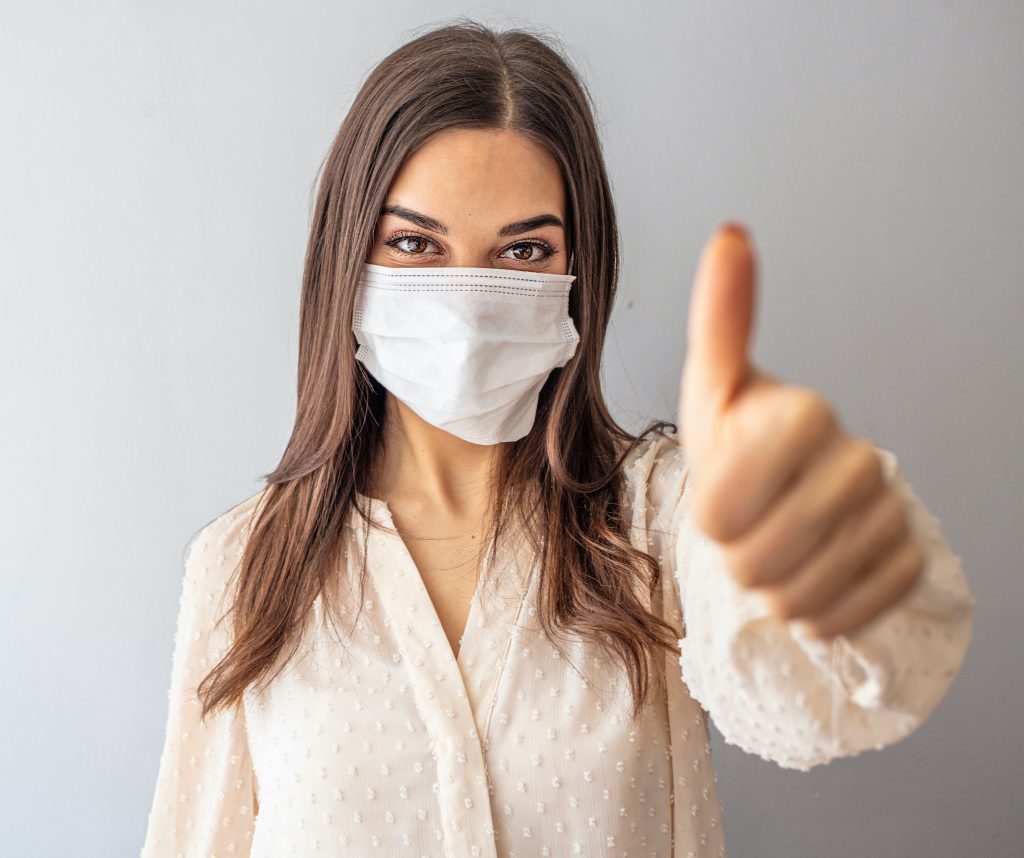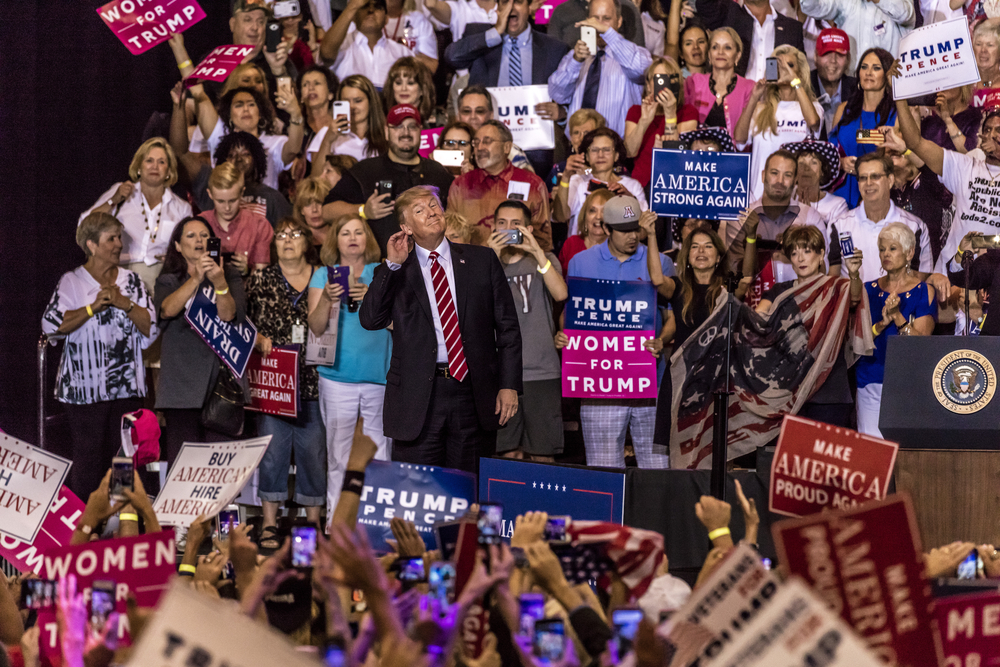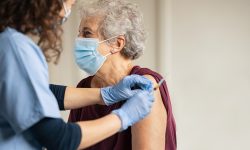I was talking to my good buddy from down the road who helps with a lot of yard work projects – who my wife, Paula, refers to as my “yard husband.”
We were having a coffee at Dishman’s corner store, recovering from a grueling hour of work – laying down two slabs of slate to put a couple of large flowerpots on, and putting up more strings for the green beans to climb.
I asked him “do you think wearing a mask helps stop the spread of COVID-19?”
He told me he wasn’t convinced.
Oh dear. He needs, what the Car Guys call a dope slap
Probably a metaphorical rather than actual dope slap, but I thought I’d better review the evidence first.

Changing Recommendations
It hasn’t helped that the CDC, the WHO and others have done a ‘U’ turn in their recommendations. First coming out against masks. But now, promoting them.
This was because when COVID-19 wasn’t very widespread masks for everyone didn’t seem justified.
Also people didn’t understand that it can be spread before someone gets symptoms or by people who are totally asymptomatic - a study reported in European Respiratory Journal notes a village in Italy, where all 3000 inhabitants were all tested, showed an incredible 50-75 percent of infected individuals were asymptomatic.
That’s one of the problems – that this is a brand-new virus and knowing about it is a work in progress.
Now the recommendation is to wear a mask when out in public – especially when indoors. Wear a multi-layer cloth mask (homemade ones, like Paula made for us are perfectly adequate)
providing they cover nose and mouth. Or surgical masks are better as they have polypropylene fibers that filter better – and they’re more comfortable.
N-95 masks on the other hand protect you from others. Stop you inhaling droplets much more efficiently – and is what healthcare workers usually wear.
The Proof of the Pudding . . . . . .
Not sure if the expression “the proof of the pudding is in the eating” is commonly used in the US, but the recommendations to wear a mask is based on “the eating” . . .the evidence. The effect of wearing a mask.
People have done experiments on lab animals, showing that those in cages protected by a layer of material equivalent to a mask greatly reduces the transmission.
There is anecdotal evidence, such as the man who flew from China to Toronto, had a dry cough and was found to have COVID-19. But, he did not infect any of the 25 people seated closest to him.
Or the two hairstylists in Missouri who turned out to have COVID -19 and had close encounter with 140 clients but didn’t infect any of them either.
Both the man in the plane and the hair stylists wore masks – so did the stylists’ customers.
A study lead by Cambridge and Greenwich Universities in Britain (so it must be good) showed the R value (the average number of people one infected person will spread it to) was much improved with masks.
The study found “if people wear masks whenever they are in public it is twice as effective at reducing the R value than if masks are only worn after symptoms appear.” And “face mask use by 50 percent or more of the population reduced covid-19 spread to an R of less than 1.0” (an R value above one means it is spreading).
The strongest evidence comes form a study recently published in Health Affairs.
Between April 8 and May 5, fifteen states and DC have mandated use of masks, and they saw a reduction in spread. The authors conclude “The study provides evidence that states in the US mandating use of face masks in public had a greater decline in daily COVID-19 growth rates after issuing these mandates compared to states that did not.”
There is also circumstantial evidence from studies that have shown a reduction in the transmission of flu and SARS from the use of masks. A randomized controlled trial (the “gold standard”) in 2008, reported in World Economic Forum showed an 80 percent reduction in contracting respiratory illness from wearing a mask.
Conclusions and Objections
Masks are not infallible, and we shouldn’t expect them to control the spread 100 per cent. They should be combined with the two other principal means of containment – social distancing (6 feet is the standard recommendation) and hand washing/sanitizing.
Of the three, “the most important thing is wearing a mask” noted infectious disease specialist at UC San Francisco, Peter Chin-Hong in an interview in Patient Care. And added “compared to wearing a mask, cleaning your iPhone or wiping down your groceries are ‘just distractors.’ There’s little evidence that fomites (contaminated surfaces) are a major source of transmission” he said.
The president, being reluctant to wear a mask himself and holding rallies with unmasked people packed together has not been reinforcing the message that masks are a good thing – though in the last few days he’s been coming around and recommending people do wear masks.

Maybe because of the massive surge we have seen in many states as everyone opens up. And the damage this will do to the economy if people withdraw back into isolation again.
Younger people seem to be the ones most reluctant to wear masks. And the average age of cases of COVID-19 is dropping. To be charitable I think it’s because it has not been impressed on people how important mask wearing is.
Can all those learned medics and health organizations that are pushing guidelines to wear masks really be wrong?
There is this idea - that I don’t get - that masks are a “two edged weapon.” They impinge on people’s freedom and personal choice. And mask wearing has become a political statement.
To my mind not wearing is antisocial and irresponsible. There are plenty of examples where we have to abide by unpopular restrictions for the good of the community.
This all reinforces my belief that masks really do help, and if everyone wore one when out in public, we could really contain this virus.
The projection of researchers is that if 80 percent of people would wear a mask, “it would do more to reduce COVID-19 spread than strict lockdown” notes the Patient Care article.
And as noted the Cambridge/Greenwich study said 50 percent wearing would bring the R value under 1.0.
I can see next time I have coffee with my buddy, I’m going to have to give him a dope slap.



